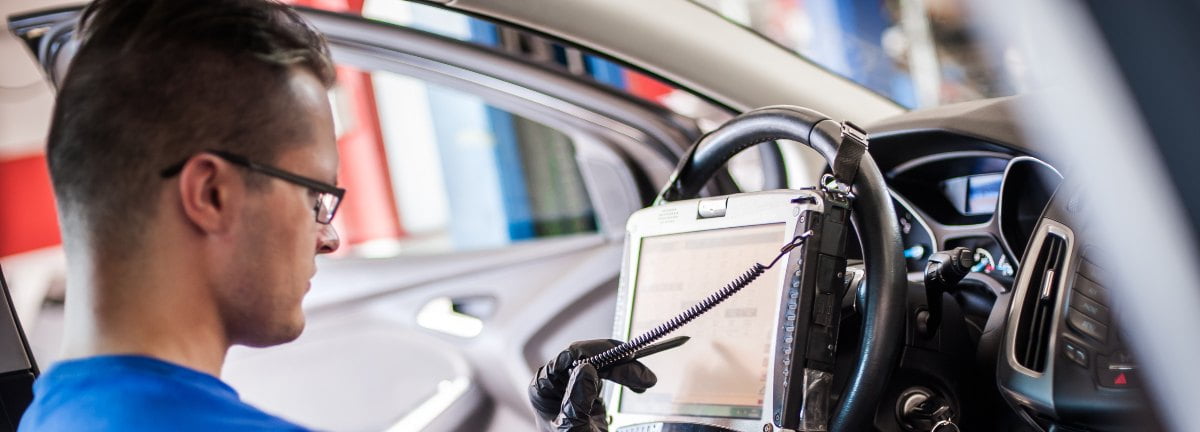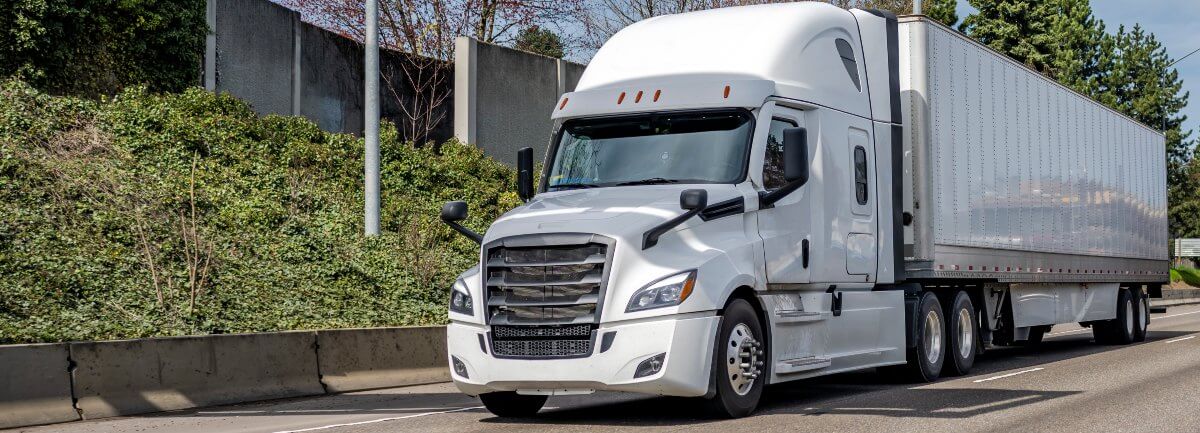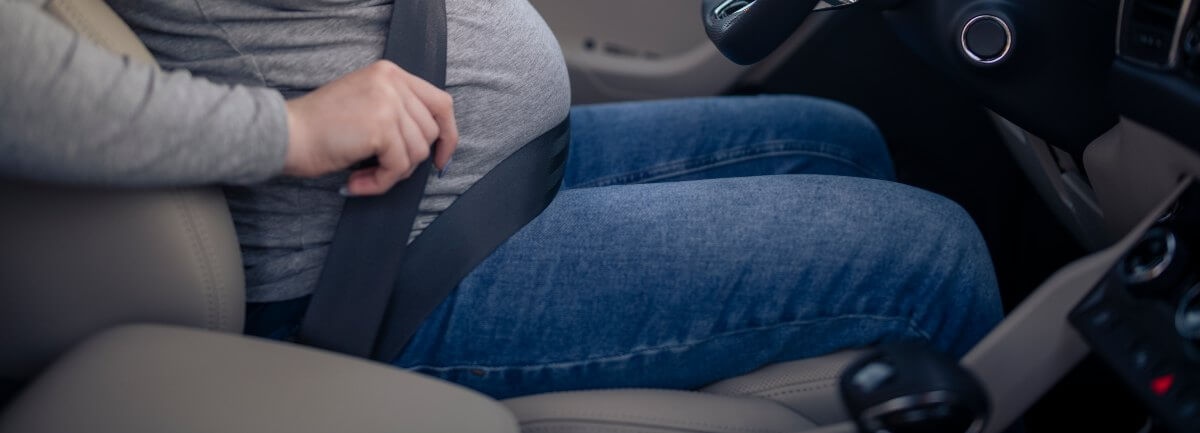Can Attorneys and Insurance Companies Use Black Box Data in a Car Crash Case?
To recover compensation for the after an Ohio crash, your lawyer must prove the other driver was negligent.
The data contained in the black box in the at-fault driver’s vehicle may help your lawyer establish what happened in the moments before the collision. Information from your car’s black box could potentially be used to dispute the insurance company’s claims that you are at fault for the accident.
The experienced Cleveland car accident lawyers from Friedman, Domiano and Smith explain how black box data could be used in an Ohio car crash claim. If you have questions after a crash, we are ready to help and there are no upfront fees.
Call today. We have recovered millions for crash victims. 216-621-0070
What is a Black Box in a Car?
The term “black box” is a nickname for an event data recorder. These devices are made of ash-resistant material so they can remain intact during and after an accident. They gather a variety of information about the condition of the vehicle and the driver’s inputs before, during and after a collision.
Do All Cars Have a Black Box?
Unless you are driving an older car, it is highly unlikely your vehicle does not have a black box. Almost all vehicles built in 2014 or later contain these devices. However, some cars made by Cadillac, Chevy and Buick have had event data recorders since 1994.
Event data recorders (EDR) are usually placed under the driver’s seat, front passenger seat or in the dashboard.
How Does a Black Box Work in a Car?
The black box is connected to the airbag and powertrain systems in your vehicle. It is also connected to the computer in your vehicle so the information it gathers can be stored.
What Data do Black Boxes Record?
Black boxes record a variety of variables from before, during and after a collision. As of 2006, the National Highway Traffic Safety Administration required these devices to gather certain types of data, such as:
- Speed
- Force of impact
- Deployment of the airbag(s)
- Whether seat belts were fastened
- If the driver applied the brakes before the collision
- And more
However, some automakers may require the EDRs in their vehicles to record additional information, including the following:
- Number of impacts
- Use of a turn signal
- Tire pressure
- Amount of gas or oil
- Positions of the seats
- Whether the headlights and taillights were working
- Engine RPMs
- Steering angles
- The duration of the collision
- Tilt of your vehicle
- Engine oil pressure
- If the clutch was engaged
- Highest rate of speed during your most recent trip
- Average speed of your vehicle over the past 30 days
Some black boxes will note your GPS location and even record video or audio from the inside of the vehicle.
Black boxes generally record at least 15 variables in the 20 seconds leading up to the accident. These variables are also recorded for about five to 10 seconds after the crash.
Black boxes often categorize crashes based on whether the airbag was deployed. If the airbag does not deploy, it is known as a non-deployment event. When the airbag deploys, it is called a deployment event.
Data will only be recorded if your vehicle is turned on, because otherwise the box is not receiving any power from your car battery. That means if your car got hit while it was parked, the black box will not be record anything.
How Long Does a Car’s Black Box Store Data?
You need to act quickly to recover black box data that was recorded before, during and after your collision. These devices can only store so much data, and once they reach their limit, old data will get overridden. In some cases, the data will only remain on the EDR for a month before it gets erased by new data.
If you were injured in an Ohio car crash, you need to contact a lawyer as soon as possible. He or she can take steps to preserve evidence, including data from the at-fault driver’s black box, before it is lost, altered or destroyed.
Who Can Access Black Box Data?
Under 2015’s Driver Privacy Act, the person who owns or leases the vehicle also owns the data stored in the black box. However, there are certain exceptions when others may be able to access the data.
For example, if the owner or lessee gives consent to someone else, that person can access the data. EDR information can also be obtained through an administrative or court order – this is something your lawyer may be able to take care of on your behalf.
EDR data could also be accessed by someone other than an owner or lessee for:
- Emergency medical response to an accident
- Research on traffic safety, as long as the owner or lessee’s personally identifiable information is kept confidential
- An investigation of a crash by the Secretary of the Treasury or National Safety Board, as long as personally identifiable information is kept confidential
Could Black Box Data be Used to Prove Fault for an Ohio Car Crash?
Data from a black box could help your lawyer prove the other driver was negligent. For example, the data could show the other driver was speeding or that the other driver failed to apply the brakes. Black box data, along with other evidence, can allow your lawyer to build a strong case.
Failing to apply the brakes could be an indication of distracted or even drowsy driving. This may serve as strong proof of fault in a rear-end crash.
In a tire blowout crash, your lawyer is going to look for evidence the other driver knew his or her tire pressure was low. Low tire pressure is something drivers need to deal with. Failure to ensure the tires are properly inflated is negligent vehicle maintenance and is a reason for a driver to be held liable for a tire blowout crash.
Data from the black box in your vehicle can also be useful, as it can show that you were not driving your vehicle recklessly. EDR data could be used to prove you were:
- Wearing your seat belt
- Obeying the speed limit
- Using your turn signal
- Driving a vehicle with working headlights and taillights
- And more
Another benefit of black box data is that it can help to indicate the seriousness of the crash. Insurance companies like to downplay the severity of car accidents. However, EDR data could show the force of impact, whether airbags were deployed and the number of impacts. This data along with your medical records is powerful evidence that backs up the value of your claim.
Contact Friedman, Domiano and Smith to Discuss Possible Legal Action
You might think you do not need a lawyer after a Cleveland car crash, but you should consider the reputation of car insurance companies. They are constantly trying to find reasons to avoid paying compensation for victims of car accidents. Even if you are seriously injured, they may try to underpay or deny your claim.
Friedman, Domiano and Smith has been taking on insurance companies for many years and we have a track record of success obtaining compensation for crash victims.
No upfront fees. Free legal consultation. Call us at 216-621-0070.
Comments are now closed




Comments